- Applications
- Mobile Device
Smartphone and Mobile Device Antenna Design Software
Precision is key when designing today’s complex mobile devices, and engineers can’t afford discrepancies between device efficiency and simulation results. Remcom users see less than a 0.5 dB difference in device efficiency when compared to electromagnetic simulation results.
Importing the right CAD model achieves a higher level of accuracy with measurements that are exceptionally close to the real device, streamlining workflow and simplifying the design process.
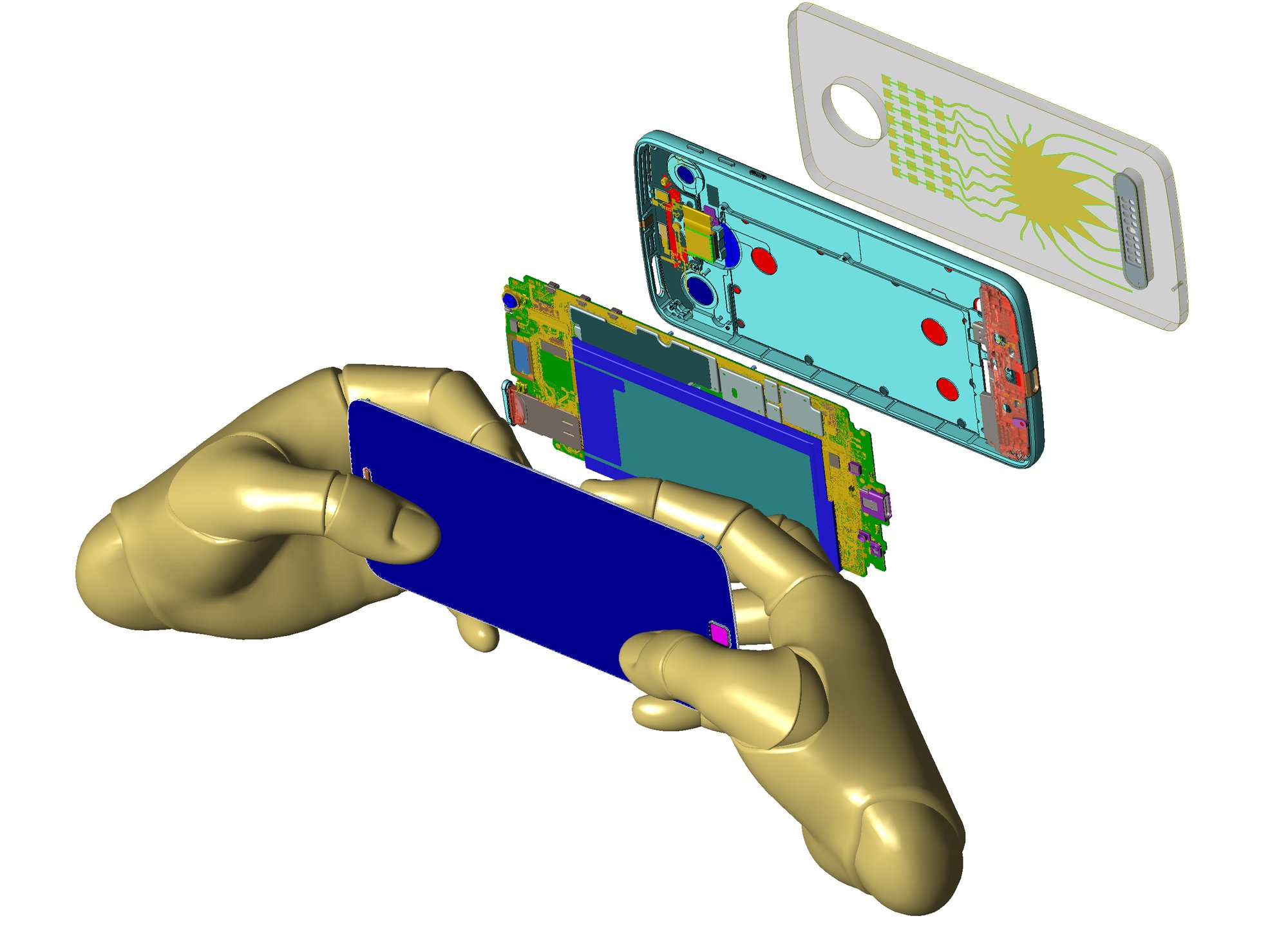
Mobile phone model provided courtesy of Motorola Mobility, LLC/Lenovo.
Array Analysis
XF enables in-depth analysis of high-frequency array antennas and complex devices operating at millimeter wave frequencies. Leveraging the electromagnetic principle of superposition, XF can quickly analyze hundreds or thousands of port phase combinations when determining beam states for a 5G-enabled device design. By combining steady-state results from the simulation, XF efficiently determines the port phases that maximize the far zone coverage in each direction. In addition, XF computes S-Parameters, efficiencies and far field for each of the elements in a device and generates a CDF of EIRP plot to provide a total performance metric of one or more of the arrays in a device.

.png)
Circuit Co-Simulation
XF improves chip component and matching network analysis using a combined time-domain circuit solver and full wave electromagnetic solver. Import the schematic for a desired component via a netlist file, including SPICE elements such as resistors, capacitors, inductors, coupled inductors, and subcircuits.
Netlist components can also be assigned as a matching circuit embedded within a feed, further simplifying matching network design. Two-, three-, and four-port matching networks can be defined as a SPICE model and included in a voltage source within XF. This saves users from defining each element in the matching network as an individual circuit component.
Wrap for Flexible Circuits
Wrapping is essential for simulating flexible PCBs because leading layout tools produce a flat design. Without efficient simulation software, manually adding multiple bends is a painstakingly slow process. To replicate the physical model, XF’s wrapping capability supports full, multi-layer flexible PCBs during import, eliminating the need to wrap individual layers and parts manually. Simply select the PCB file from the Import menu, provide the form, and let XF wrap the PCB automatically.
.png)
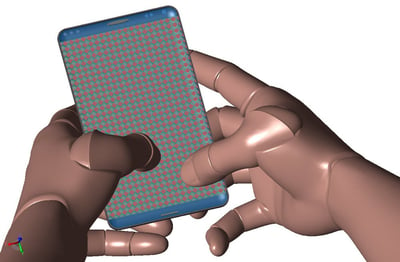
Poseable Hands
Complying with measurement standards and meeting performance expectations requires versatile antenna design software. By supporting Poseable Hand models, XF simulates cell phone use scenarios for successful device design. The Poseable Hand models offer numerous other orientations to mimic real-world positioning.
Automated Configurations
Many configurations need to be tested during the design iteration phase - this is necessary for a thorough antenna analysis - but setting up each configuration manually can be a repetitive and time consuming process. A successful production environment requires automation and a customized workflow to maintain efficiency.
Project setup can be automated to include the following options:
-
Include/exclude hands, head, and other parts in the mesh
-
Create simulations for main, diversity, GPS, and Bluetooth antennas
-
Set the frequency range for different antennas, including the waveform
-
Enable output requests and set DFT frequencies
Automation also applies to data export. XF can consolidate data - S-Parameters, impedance, radiation, and system efficiency - from multiple simulations and export it to a spreadsheet.
.png?width=250&height=307&name=image-asset%20(2).png)
Antenna Diversity
A mobile device is only as good as its wireless connection, so it is necessary to quantify antenna diversity within the EM simulation. XF considers field polarization and direction when computing complex correlation and mean effective gain outputs. This allows XF users to evaluate the quality and reliability of a device’s antenna system and then improve the design’s performance to capture the strongest wireless link in multipath situations.
Specific Absorption Rate (SAR)
Complying with FCC standards is a requisite part of mobile device design that demands reliable EM simulation software. In addition to single antenna operation, XF has the ability to combine SAR results when there are multiple antennas operating in the same frequency band to get the total 1g and 10g SAR values. This allows engineering to keep power levels below the specified threshold and ensure a device performs within regulations.
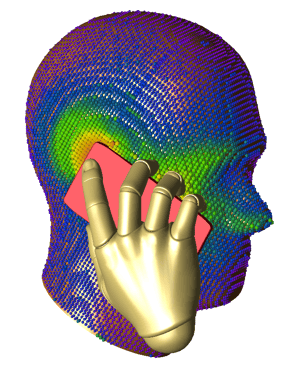
.png?width=400&height=360&name=image-asset%20(3).png)
Full-Wave Matching Circuit Optimization (FW-MCO)
Determining the layout is only part of the matching circuit design process. Component values must then be selected with consideration to the actual antenna’s properties to ensure the design accepts a signal. Modern matching circuits include traditional RLC and tunable components, which presents a unique challenge when choosing a specific component to place in a matching network.
The FW-MCO method takes the guesswork out of choosing component values by assessing the antenna’s properties and evaluating thousands of possible component combinations. It selects optimal values based on the user’s defined goals and thresholds, generating an efficient matching network. FW-MCO utilizes XF’s Circuit Element Optimizer feature.
Indoor Performance
XF’s capabilities are the keystone of a comprehensive antenna design process that continues with indoor modeling. Wireless InSite supports XF’s radiation patterns as input and offers full control of defining a wireless environment. The ability to import files, create objects, and edit a floor plan ensures a realistic simulation, and site-specific placement of the transmitter helps to assess the device’s received power.
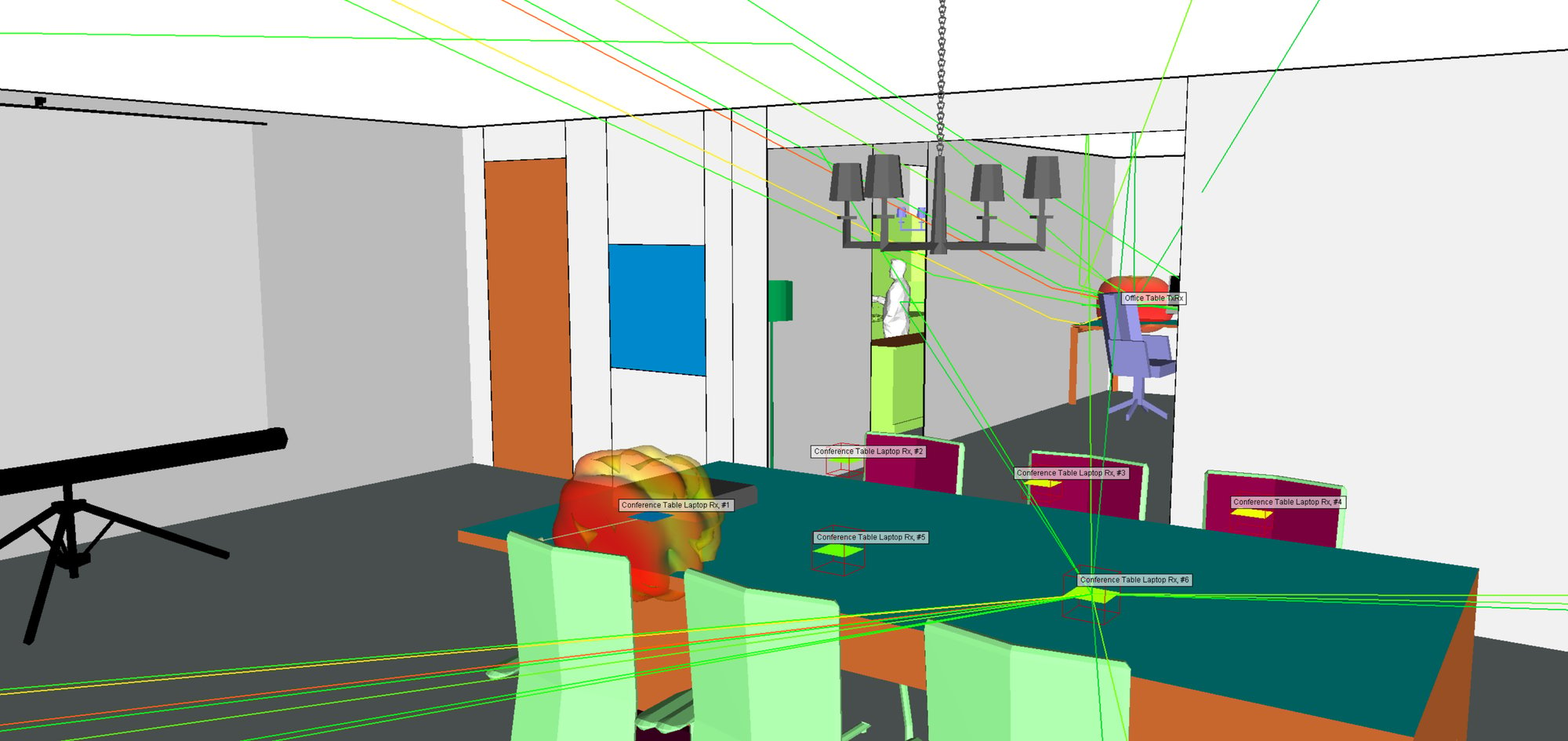
Additional Information
-

Webinars
Overview of XFdtd's Schematic Editor and Optimization for Matching Network Design
This webinar demonstrates the full range of features available to users, with a focus on recent updates that include optimization of component values, impedance and aperture tuners with tune codes, and system efficiency results.
Explore Resource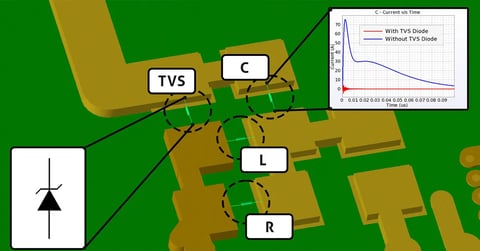
Webinars
XFdtd’s Transient EM/Circuit Co-Simulation for TVS Diode ESD Protection
In this webinar, learn how XFdtd's transient EM/circuit co-simulation effectively resolves ESD vulnerabilities earlier in the design process and prevents future certification setbacks.
Explore Resource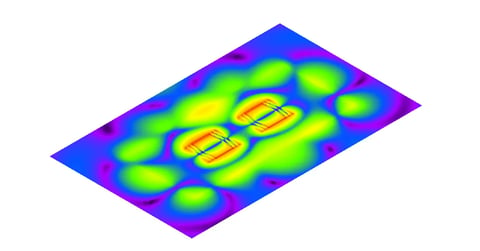
Webinars
Advancements for Millimeter Wave Antenna Design
This webinar demonstrates XF’s singularity correction which accurately captures highly varying fields at the edges of good conductors and the process for importing components and document layers of a PCB.
Explore Resource -
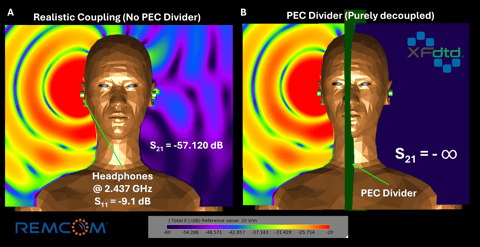
Application Examples
XFdtd Simulation of Electric Fields Between Two Headphones
Electric fields between two headphones travel around/through the human head. Four scenarios are simulated in XFdtd.
Explore Resource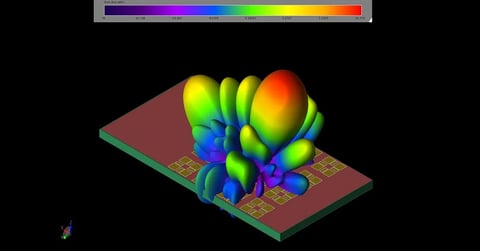
Application Examples
XFdtd Analysis of a Ku-band Satellite Antenna Array for Mobile Devices
In this example, a compact Ku-band antenna array is demonstrated for use in mobile device applications. The antenna is tuned for 12.5 GHz operation and contains a 4x4 array of elements which each consist of a set of patch antennas oriented and phased to produce a circularly-polarized far field pattern. The antenna array has peak gain over 20.7 dBi with sidelobes less than 8 dBi and a 3 dB beamwidth of about 15 degrees.
Explore Resource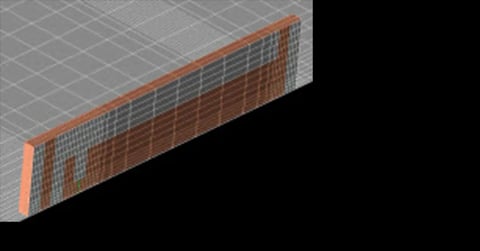
Application Examples
Printed PIFA Antenna Validation Data in Simulations
In this example a simple PIFA antenna is simulated and the return loss validated against measured data.
Explore Resource -
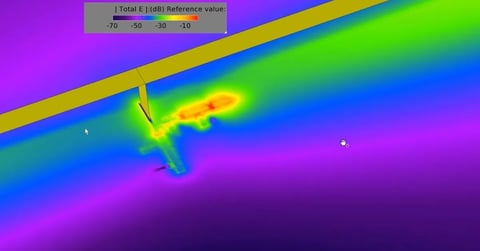
Videos
An Overview of XFdtd's Schematic Editor for Matching Networks
This presentation covers XFdtd's capabilities for matching networks, including the schematic editor and frequency domain circuit solver.
Explore Resource.webp?width=480&height=251&name=maxresdefault%20(2).webp)
Videos
Simulation Software And The Need For A Schematic Editor
In this recording from Remcom's booth at the International Microwave Symposium, Justin Newton discusses how the schematic editor works and its benefits for complex antenna design.
Explore Resource
Videos
Demonstration of Full-Wave Matching Circuit Optimization in XFdtd
This video gives a demonstration of Full-Wave Antenna Matching Circuit Optimization using XFdtd's Circuit Element Optimizer (CEO). The antenna matching circuit design flow is discussed, including C
Explore Resource -
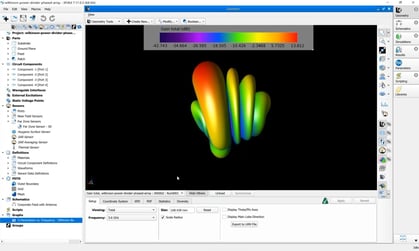
Publications
Mastering XFdtd’s Schematic Editor: A Comprehensive Overview
Dive into the capabilities of XFdtd’s schematic editor and discover how it transforms schematic creation, analysis, and optimization in engineering.
Explore Resource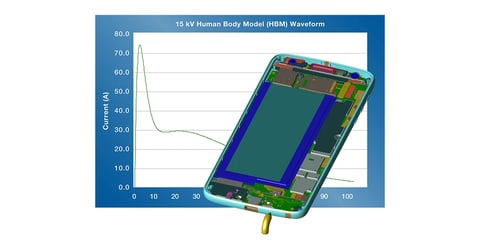
Publications
Transient EM/Circuit Co-Simulation in XFdtd: A Closer Look at TVS Diodes for ESD Protection
This paper introduces XFdtd’s transient EM/circuit co-simulation capability, which combines the strength of 3D full-wave electromagnetic simulation with the flexibility of circuit solvers.
Explore Resource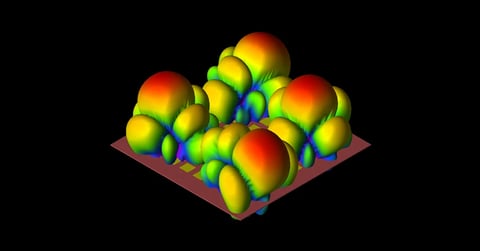
Publications
XFdtd Analyzes Complex Beam Steering with Antenna Array Simulation
In this article from the July 2020 issue of Microwave Journal, we demonstrate how XF’s superposition and array optimization features simplify the process for understanding device performance by providing efficient ways to validate array coverage.
Explore Resource
Save time and reduce costs.
Contact Remcom today for a customized solution to your most complex electromagnetic challenges.
Request a Quote